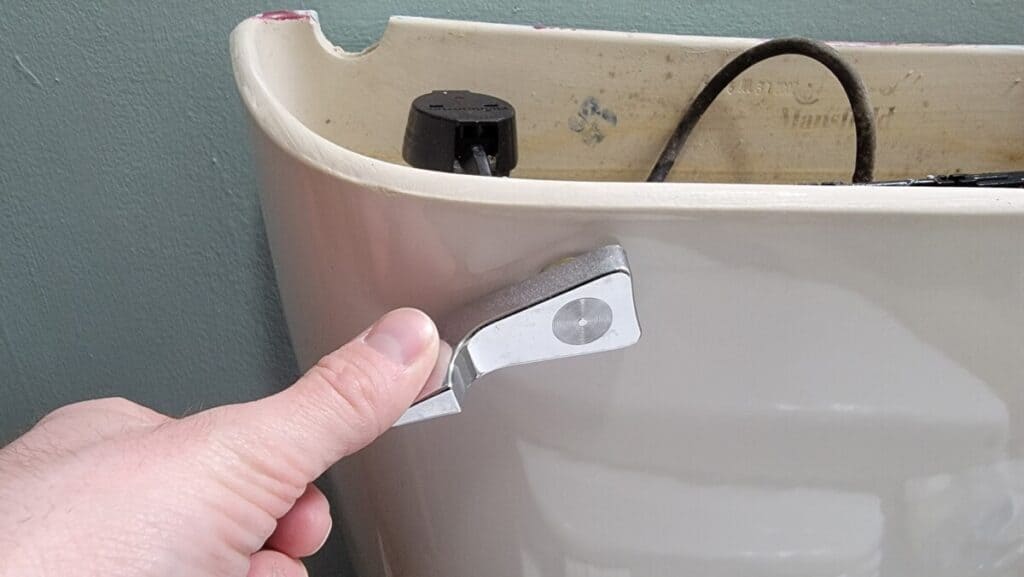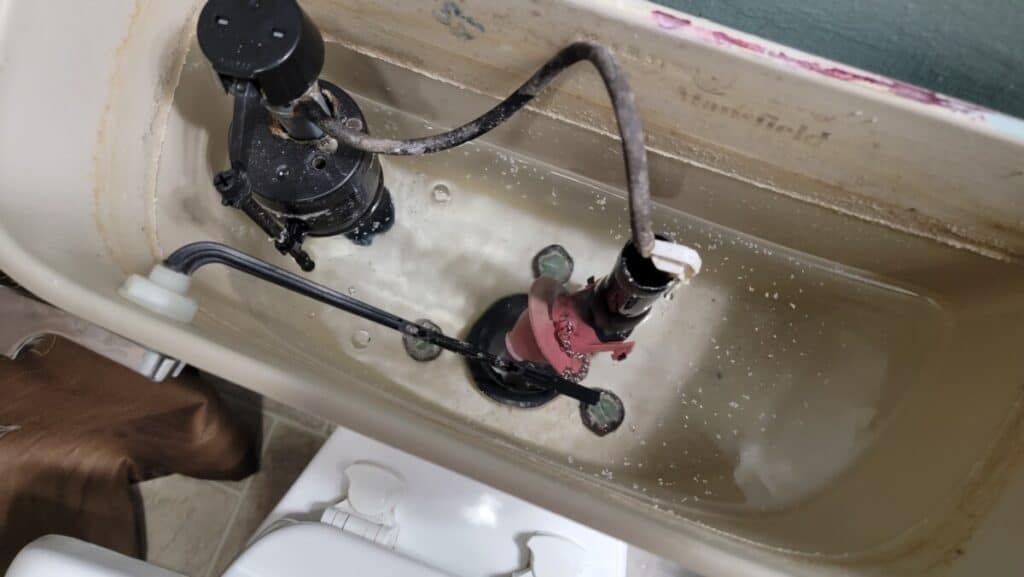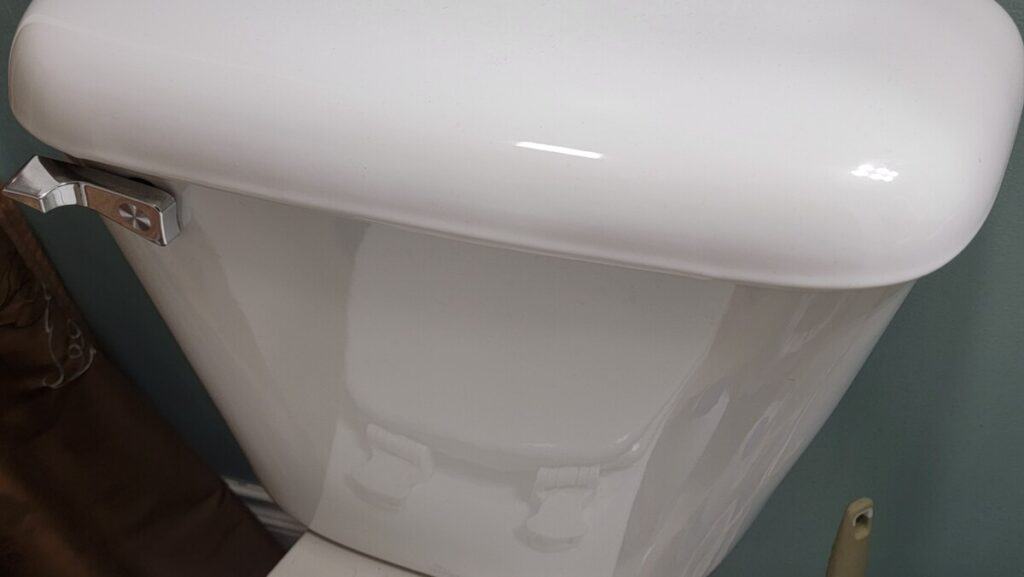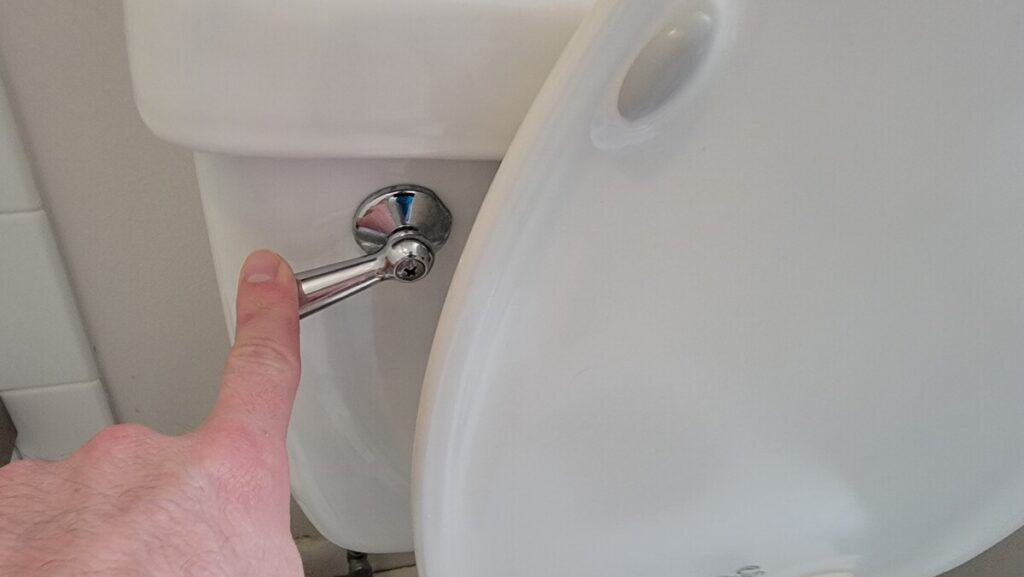Why Does my toilet Sweat? Dealing with Condensation Issues
We’ve all been there – you walk into your bathroom and notice that your toilet is covered in beads of moisture, leaving you puzzled and a bit concerned. If you’ve been wondering why your toilet sweats or condensates, you’re in the right place. Throughout the past decade of my maintenance work at a property with more than 250 toilets, I’ve faced this very issue countless times.
In this article, we’ll dive into the reasons behind this phenomenon and provide some helpful tips on how to prevent it. Get ready to become an expert on toilet condensation!
Understanding Toilet Condensation: The Science Behind It
To understand why your toilet sweats, it’s essential to grasp the science of condensation. Condensation occurs when warm, moist air comes into contact with a colder surface, like your toilet bowl or tank. When this happens, the moisture in the air cools down and turns into water droplets, which then collect on the surface of the toilet.
Just think of that ice cold beverage that you take outside on a 90 degree day in the middle of summer. The outside of the glass instantly becomes wet. The water vapor in the air touches the cold surface of your glass and immediately sticks to it and turns from a vapor into a liquid again. That’s what’s happening here.

There are several factors that can contribute to toilet condensation, including:
- High Humidity Levels: If your bathroom has high humidity levels, it’s more likely that you’ll experience toilet condensation. This is because there’s more moisture in the air that can condense on the toilet surfaces. Activities like taking hot showers, running hot water in the sink, or even boiling water in the kitchen can all increase humidity levels in your home.
- Cold Water Supply: The colder the water is that enters your toilet tank, the greater the temperature difference between the toilet surface and the surrounding air. This means that condensation is more likely to form on the toilet surfaces.
- Poor Ventilation: If your bathroom has poor ventilation, it can trap warm, moist air inside, making it more likely for condensation to occur. Make sure your bathroom has proper ventilation to help reduce humidity levels and prevent toilet condensation.
Now that we’ve covered the basics of why your toilet sweats, let’s explore some solutions to help keep your bathroom dry and condensation-free.
Solutions for a Sweating Toilet
Improve Bathroom Ventilation
One of the most effective ways to prevent toilet condensation is by improving your bathroom’s ventilation. This can be achieved in several ways:
- Use an exhaust fan: Installing an exhaust fan in your bathroom can help remove excess moisture from the air, reducing humidity levels and preventing condensation. Make sure to run the fan while you’re taking a shower or bath and for at least 15-20 minutes afterward.
- Open a window: If your bathroom has a window, open it up to let fresh air in and help reduce humidity levels. This can be particularly helpful during warmer months when humidity is generally higher.
- Use a dehumidifier: If you’re still struggling with high humidity levels, consider using a dehumidifier in your bathroom (Amazon). This appliance works to remove excess moisture from the air, helping to keep humidity levels in check and prevent condensation.
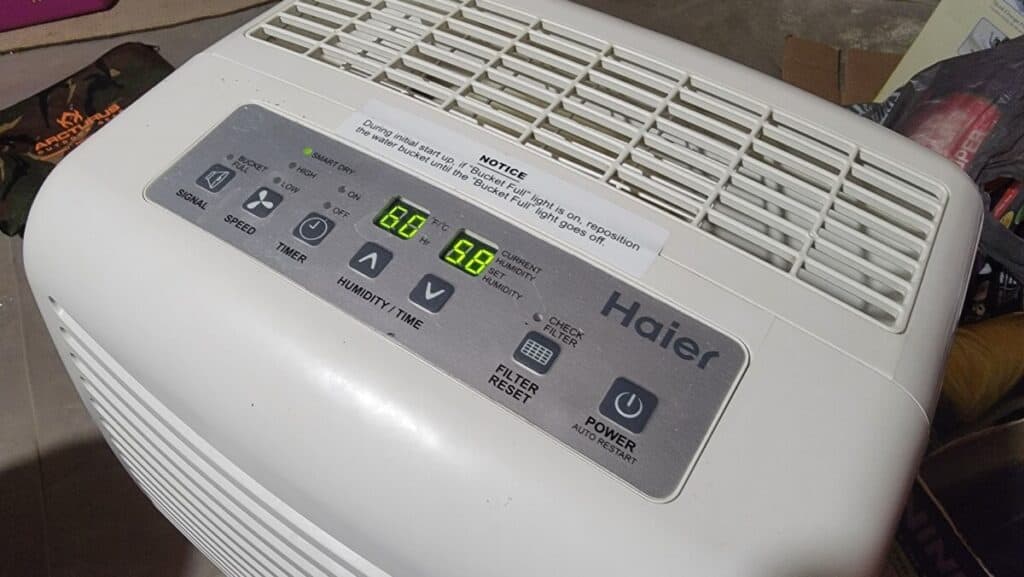
Insulate Your Toilet Tank
Another effective solution for preventing toilet condensation is to insulate your toilet tank. By adding insulation to the inside of the tank, you can reduce the temperature difference between the tank’s surface and the surrounding air, making it more difficult for condensation to form.
Going back to our ice cold beverage example — now imagine you put that same beverage in a coffee travel mug. What will happen to the outside of the mug? Nothing. The insulation inside the cup keeps the outside of the cup at room temperature, so the water vapor in the air will not stick to it.
There are a few different ways to insulate your toilet tank, including:
- Foam toilet tank liners: These are pre-cut foam liners that can be easily installed inside your toilet tank. They’re designed to fit most standard toilet tanks and can be an effective way to reduce condensation.
- Spray-on insulation: This type of insulation is sprayed directly onto the inside of the toilet tank, creating a thin, protective layer that helps prevent condensation. Be sure to follow the manufacturer’s instructions for proper application.
Adjust Your Water Temperature
If you have access to your home’s water heater, you might consider adjusting the temperature setting to help reduce toilet condensation. By raising the water temperature slightly (but not exceeding 120°F), you can help minimize the temperature difference between the toilet surfaces and the surrounding air. Keep in mind that adjusting the water temperature will also affect other fixtures in your home, so be cautious when making changes.
Use an Anti-Condensation Toilet Tank Drip Tray
An anti-condensation toilet tank drip tray (Amazon) is a simple device designed to catch and collect the condensation that forms on the outside of your toilet tank. These trays are made from a variety of materials, such as plastic or metal, and typically attach to the bottom of the toilet tank. While they don’t prevent condensation from forming, they can help to protect your bathroom floor from water damage and reduce the overall impact of a sweating toilet.
Consider a Pressure-Assisted Toilet
If you’re in the market for a new toilet and want to avoid the issue of condensation altogether, you might consider investing in a pressure-assisted toilet. These toilets use air pressure to help force water into the bowl, which means they require less water in the tank. As a result, the tank’s surface stays closer to room temperature, making it less likely for condensation to form.
Final Takeaways
Dealing with a sweating toilet can be a nuisance, but understanding the causes behind this common issue can help you take steps to prevent it. By improving your bathroom’s ventilation, insulating your toilet tank, adjusting your water temperature, and considering other solutions like drip trays or pressure-assisted toilets, you can keep your bathroom dry and free from toilet condensation.
If you hold off on addressing the dripping water from your toilet’s tank, you might want to make sure your toilet base is sealed so that water will not start pooling under the fixture itself and causing water damage to the floor below or causing odors and bacteria to fester. I have an article here that will guide you through the step by step process of caulking a toilet base.
So, the next time you notice your toilet sweating, don’t despair – you now have the knowledge and tools to tackle the problem head-on and restore your bathroom’s comfort and functionality.



